Related Research Articles

The Complutense University of Madrid is a public research university located in Madrid. Founded in Alcalá in 1293, it is one of the oldest operating universities in the world. It is located on a sprawling campus that occupies the entirety of the Ciudad Universitaria district of Madrid, with annexes in the district of Somosaguas in the neighboring city of Pozuelo de Alarcón. It is named after the ancient Roman settlement of Complutum, now an archeological site in Alcalá de Henares, just east of Madrid.

Charles IV was King of Spain and ruler of the Spanish Empire from 1788 to 1808.
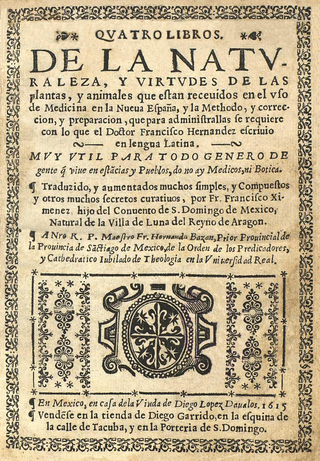
Francisco Hernández de Toledo was a naturalist and court physician to the King of Spain. He was among the first wave of Spanish Renaissance physicians practicing according to the revived principles formulated by Hippocrates, Galen and Avicenna.
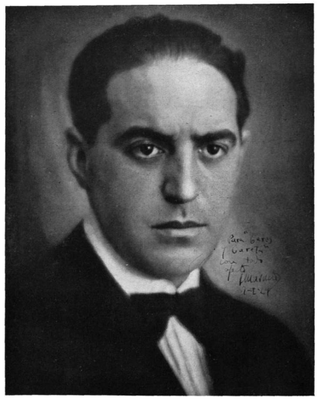
Gregorio Marañón y Posadillo, OWL was a Spanish physician, scientist, historian, writer and philosopher. He married Dolores Moya in 1911, and they had four children.
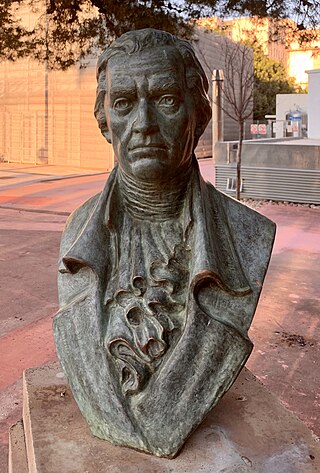
Francisco Javier de Balmis was a Spanish physician best known for leading an 1803 expedition to Spanish America and the Philippines to vaccinate populations against smallpox. His expedition is considered the first international vaccination campaign in history and one of the most important events in the history of medicine. It inspired recent vaccination efforts such as that of Carlos Canseco, president of Rotary International, to start the worldwide program PolioPlus to eradicate polio.

Hipólito Ruiz López, or Hipólito Ruiz, was a Spanish botanist known for researching the floras of Peru and Chile during an expedition under Carlos III from 1777 to 1788. During the reign of Carlos III, three major botanical expeditions were sent to the New World; Ruiz and José Antonio Pavón Jiménez were the botanists for the first of these expeditions, to Peru and Chile.
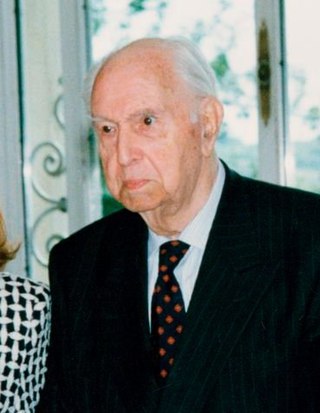
Pedro Laín Entralgo was a Spanish physician, historian, author and philosopher. He worked, fundamentally, on medical history and anthropology.

The Spanish Royal Academy of Sciences is an academic institution and learned society that was founded in Madrid in 1847. It is dedicated to the study and research of mathematics, physics, chemistry, biology, engineering, and related sciences.

Andrés de Vandelvira (1509–1575) was a Spanish architect, active mainly in Jaén, Uclés, Baeza, and Úbeda during the Renaissance. He was born in Alcaraz, in the province of Albacete and died in Jaén.

The Argentine Medical Association is the principal professional association of physicians in Argentina. It is a medical non-profit organization with headquarters in Buenos Aires.
The Francisco Hernández expedition is considered to be the first scientific expedition to the New World, led by Francisco Hernández de Toledo, a naturalist and physician of the Court of King Philip II, who was highly regarded in Spain because of his works on herbal medicine.
The Botanical Expedition to the Viceroyalty of Peru was a Spanish expedition to the colonial territories of the Viceroyalty of Peru and Chile between 1777 and 1788.
The Real Academia de Medicina y Cirugía de Sevilla (RAMSE) was founded in 1693 as the Veneranda Tertulia Médica Hispalense by Sevillian physician Juan Muñoz y Peralta and Murcian physician Diego Mateo Zapata.

Diego Mateo López Zapata was a Spanish physician and philosopher who was denounced by the Spanish Inquisition and subsequently tortured for following and promoting Judaism in the 17th and 18th centuries. Zapata treated a number of influential figures in the court of King Philip V.

The defunct Convento de Santo Tomás was a set of buildings belonging to the Dominicans, under the patronage of St. Thomas Aquinas, in Madrid.

Maria of Spain was royal baby of Spain who died in infancy.

Margarita of Spain was an infanta of Spain, who died in childhood.
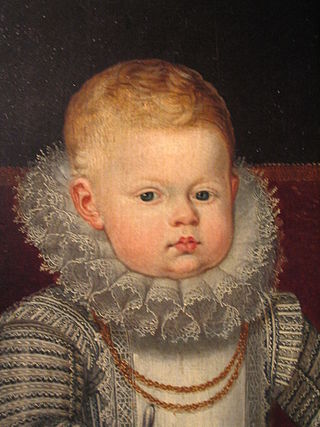
Alonso of Spain was an infante of Spain, who died in childhood.

Tomás Pellicer Frutos was a Spanish physician and one of the pioneers of homeopathy.
References
- 1 2 3 4 5 6 7 8 9 "History - Real Academia Nacional de Medicina". www.ranm.es. Retrieved 2020-03-17.
- 1 2 Hamilton, Arthur (1938). "The Journals of the Eighteenth Century in Spain". Hispania. 21 (3): 161–172. doi:10.2307/332668. ISSN 0018-2133. JSTOR 332668.
- 1 2 Fernández Navarrete, Francisco; Imprenta Real (1737). Ephemerides barometrico-medicas matritenses, para el mas puntual, y exacto calculo de las observaciones que han de ilustrar la Historia Natural, y Medica de España. Biblioteca de la Universidad de Sevilla. En Madrid : en la Imprenta Real.
- 1 2 3 4 5 "CONSULTA DE LIBROS DEL FONDO HISTÓRICO UCM". alfama.sim.ucm.es. Retrieved 2020-03-17.
- 1 2 "José Hortega (1703-1761) | Ayuntamiento Añover de Tajo". anoverdetajo.es. Retrieved 2020-03-17.
- ↑ Varias dissertaciones medicas, theoretico-practicas ... enunciadas ... en la Real Sociedad de Sevilla. Tom. 1. Sevilla. 1736. hdl:2027/dul1.ark:/13960/t7gq7rb8d.